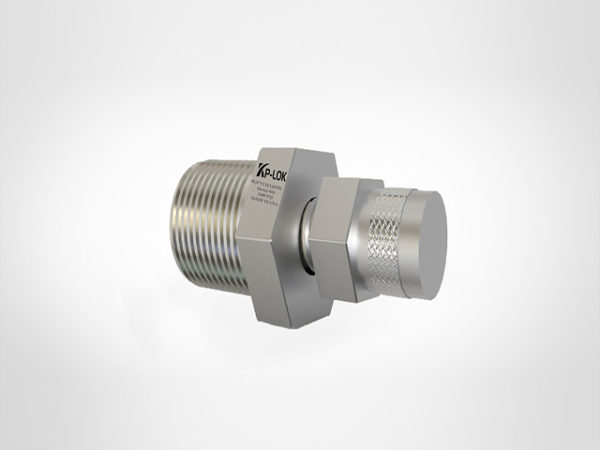Thermoplastic Industrial Ball Valves
Ball valves are one of the key elements of
fluid control. Similar to many valve kinds in various industries, ball valves
are termed as closing mechanisms. A spherical member is placed in the path of
the fluid flow to revolve its spot about the axis. The shaft is a shaft or
other device that plugs into an actuator outside the valve. The actuator may be
a component of a simple actuator or valve automation system. The
"ball" of the ball valve has a hole through the center and simulates
the shape of the normally connected tube. When the ball is turned, the holes
align with the openings of the valve body, permiting the flow of fluid. Rotate
the port (aperture) and the side of the valve body away from the flow path to
interfere with fluid flow. The sheet between the outer surface of the ball and
the valve seat securing the valve body prevents fluid from flowing all over the
ball.
The elementarystructure of the ball valve
rotates around a ball mounted on a floating ball. The floating ball valve uses
the body and the seat to hold the ball to its position, and the connecting
shaft is mainly used as a rotating appliance. This scheme can offer
bi-directional closure when the fluid flow receives the ball against a single
sealing surface. The ball valve website mounting valve has a locating bearing pin that
coincides with the machined portion of the valve body to lock the ball in
position and serve as a rotational axis. Trunnion valves are available in
larger sizes than floating ball designs.
Several common exotic metals are routinely
used for internal and body structures. Thermoplastic spherical valves are an
alternative to providing high corrosion resistance to the media as well as the
environment.
Typical Applications of Thermoplastic Ball
Valves:
·
Landfill and environmental
infrastructure
·
Municipal waste and water
treatment
·
Delivery and handling of
chemicals
·
Clean water technology
·
Mining and mineral processing
·
Aquatic and animal life support
systems
·
Metal plating
·
Marine
·
Pulp and paper
There are many variations to suit various
applications. Share fluid control problems with process control professionals
and leverage your knowledge and experience in product application proficiency
to develop operational solutions.
